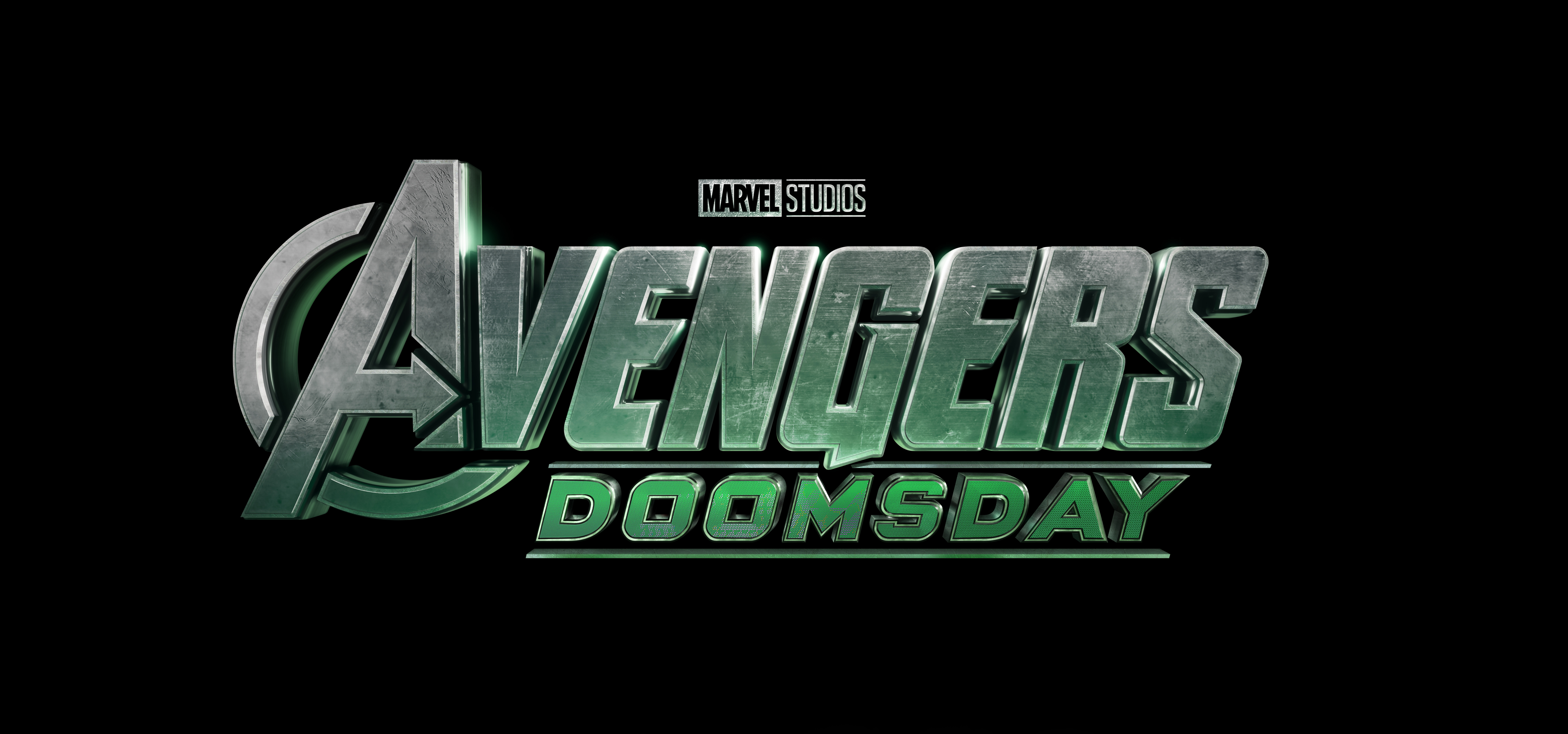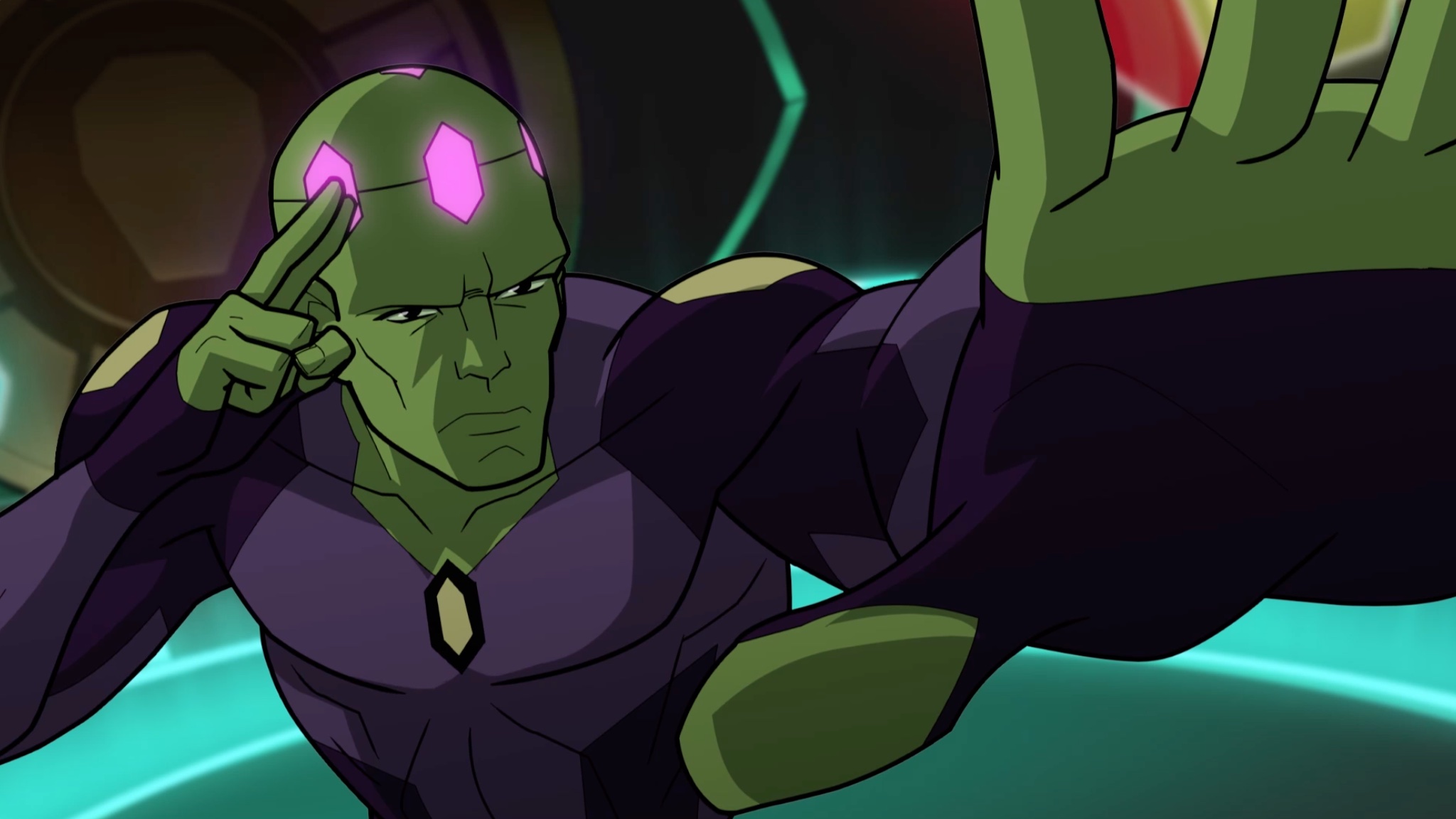
A good gothic ghost story gravitates towards a creepy giant mansion in the middle of nowhere.
In The Lodgers, it follows a brother-sister twins, who keep a very dark secret in their dilapidated family estate.
The film stars Charlotte Vega (The Misfits Club), David Bradley (Harry Potter films), Moe Dunford (Vikings), Eugene Simon (Game of Thrones) and Bill Milner (Son of Rambow). Brian O’Malley (Let Us Prey) helmed the film with the screenplay play David Turpin (The Indecents).
Here’s the full synopsis of the film:
1920, rural Ireland. Anglo Irish twins Rachel and Edward share a strange existence in their crumbling family estate. Each night, the property becomes the domain of a sinister presence (The Lodgers) which enforces three rules upon the twins: they must be in bed by midnight; they may not permit an outsider past the threshold; if one attempts to escape, the life of the other is placed in jeopardy. When troubled war veteran Sean returns to the nearby village, he is immediately drawn to the mysterious Rachel, who in turn begins to break the rules set out by The Lodgers. The consequences pull Rachel into a deadly confrontation with her brother – and with the curse that haunts them.
LRM had a phone interview with director Brian O’Malley last week with this gothic horror film. He told us about jumping from a violent horror film of Let Us Prey to a gothic ghost story of The Lodgers. He also talked about creating the setting with Loftus Hall and other areas around Ireland to set the mood and tone for the film. He even gave us an interesting history lessons about these houses and ghost stories.
The Lodgers will be released in limited theaters tomorrow by Epic Pictures and on VOD. Visit https://www.facebook.com/TheLodgersMovie/ to check to see if it’s playing near you.
Read our interview transcript below.
LRM: Tell me on what attracted you to project of The Lodgers and how you were approached.
Brian O’Malley: It’s kind of two-folds. After I made Let Us Prey, it was unexpectedly successful for it was a very low budget movie. It was really well received. I got a lot of attention. I’ve got a minor horror reputation if you like from this. As conscience perspective from that movie, I had to cash in on it somehow.
Also, my love of genre is very wide—not just in horror and science fiction. I love spaghetti westerns, traditional westerns, thrillers, espionage and superhero movies. I love all of them. When you finally become this director, I was terrified that I would only be pitched with only one type of particular horror films—the violent ones. I still wanted to cash in on another horror, because there are value in that. I needed something that was different from Let Us Prey to show my abilities as a director more than just violent horror. So that was stage one.
For stage two, the producers of The Lodgers were at a screening of Let Us Prey in Montreal. They were looking for an Irish director to direct The Lodgers. From what they saw, they really enjoyed it. What they didn’t know was that one of my favorite subgenres is the gothic period ghost stories. It was one of the stories I would love to make on film.
Not only I was no longer going to type cast, it was a life-longed directorial dream of directing a gothic period ghost story. I read the script from David Turpin, in which I thought it was really beautiful. It was a very easy decision for me to make. I really wanted to have this as my second film.
LRM: I’ve checked out The Lodgers. I could really feel the gothic atmosphere from your film. What elements were important to you to make this gothic film seem so surreal?
Brian O’Malley: I knew it had to be something more than just a period quality to it. There was a texture spoken in the script of having a sense of decay and dampness. I don’t know if the sense of dampness came through, especially trying to wet down a 600-year-old house. I do definitely feel the sense of decay was shown as if the house was coming down all around. That was an essential quality we needed in the film. We also had to do this on a budget also. That’s where Loftus Hall came in.
The other essential quality we needed was a beautiful heroine and it little bit of incest for a gothic horror feel. [Chuckles] For me it was more about scene-by-scene to impregnate as much as I could the sense of dread, the sense of unease, uncomfortableness and a kind of depressing air to it. We had the smoke machine running all day long so that the air was never clear. It always felt like we needed to open a few windows to let some air in. The leaves were on the kitchen table. The windows were broken. We went to great lengths to make every scene to seem like it had a slight sense of decay to it. It lends itself quite heavily to the gothic atmosphere.
LRM: Was Loftus Hall always been the target location for the filming of this movie? Did you basically looked at other areas as well?
Brian O’Malley: I wasn’t aware of Loftus Hall before—believe or not. The place is so incredible. We were looking at a lot of houses. There were very little information about Loftus Hall besides the photographs. It’s one of those places that you’ll have to go to in order to see on what it really looked it.
We looked at a bunch of photos. We looked at a few houses around Ireland. Then we decided that we should look at this house in Wexford, which was a two hour drive. As we arrived, we came over the ocean scenery around this place on Hook [peninsula]. In a distance, you could see this monolithic house sticking up on the land. It was strangely imposing even from a distance and yet mysterious.
When you finally arrive to the front door of the house, it’s much like David Bradley in film to which he sealed his own fate. It’s a strange sense of stepping backwards through time. I’ve shot in places all over the world and many places are very, very old. For whatever reasons, they all feel like old building inhabiting the present.
Loftus Hall has this strange characteristic. When you step into it, you feel like you’re in a space that is still inhabited in the past. It may sound really ridiculous, but it has this strange air around it. As soon as we walked in, we said this is the atmosphere we’re after.
The geometry and the physics of the house lent itself perfectly to the story. It had the essential staircase with the two rooms side-to-side with the room in center as the master bedroom. Most of all, in the 1990s when the building was derelict, the ceiling had leaked and destroyed the floor around it. Since it was a preserved building, anything that got fixed must be restored to its original condition. To restore that floor, it would’ve cost over 150,000 Euros. It hadn’t been done yet. We simply placed plywood over it as the new floorboard. We were in position to build a functioning water tank and to lay down a new fake floor.
Everything we did was practical and on location. It created the maximum production value to the film. It reduced out need for special effects, in which may or may not been convincing. It was perfect.
LRM: So, was there or was there not a trap door to that house?
Brian O’Malley: Originally, no. [Laughs] It was built. It’s still there—I believe. It opens. You can climb inside it. It was all in David Turpin’s imagination.
In the original interpretation, it was a door into the basement and in the nighttime that the water would seep up to the house. In the climax of the movie, Rachel had to swim down through the basement of the house. It would’ve cost half the budget of the movie just to do that. That’s how David created the new version, which was far less expensive. I think conceptually it ended up being much stronger than it was before.
LRM: For the setting around the house with the forest, the ruins and the lake—were those also around Loftus Hall too?
Brian O’Malley: Loftus Hall is on a peninsula called Hook Head. It’s pretty barren. There were a few trees, but they were maybe ten meters away from the house. There’s nothing around the house. What you see in the movie is with all the interiors are with Loftus Hall and with the exteriors of the building are of Loftus Hall.
We built the tree line driveway and if the camera is any higher you’ll see [something different]. Basically, the forest [scenes] were at two different locations. The lake was at Johnstown Castle. There were three man-made lakes and we chose one of them. The grounds she walked through and the exit gate was in a place called Tintern Abbey. These places are all in Wexford and within minutes of each other.
We used the three locations to create the estate as you see it in the film.
LRM: As an Irish filmmaker like yourself, why is it so important to have a project like this in Ireland? Obviously, it’s part of the story, but you could’ve done this anywhere.
Brian O’Malley: Yeah, you could. There’s one part of the story or rather the texture of the story traced back to Ireland. First, it’s based in the 1920s, in which we were about to be liberated from the United Kingdom. It’s a pretty big turning point in history. There’s a very strong sense of nationalism. You have this soldier returning home from the first World War. It was hinted in the film that he was fighting for the British as an Irishman. He came back home to Ireland in this small nationalistic village. He was considered as a pariah or traitor. The British were the mortal enemies of the Irish.
You have that interesting dynamic going on. He was treated as an outsider in his own village. That’s why he had this kinship with Rachel.
Also, if you go back to Cromwell times, he basically raped and pillaged Ireland. He took all the land from the Irish and gave it to his officers. They found themselves as wealthy landowners, who were receiving rent from the Irish peasants. They were so wealthy that they built these monolithic houses. It served no purpose except to show on how wealthy they are. Loftus Hall was one of those houses.
What you had in Ireland was that you had these very wealthy English landowners collected rents from Irish people who effectively should’ve owned the land. It created this strong distrust between them. To these people were originally English, they were outsiders and not trusted. Stories surrounded about these houses were totally fabricated to keep the locals away from the houses and to keep the wealthy gentry safe from each other.
The whole story about the big house on a hill with strange inhabitants are very much powerful in the Irish culture. Originally, in Ireland as I recalled, there were like 6,000 of these houses and no there are only 600 left. Fortunately, Loftus Hall is one of them left. The rest of them were burnt when they gained independence. [Chuckles]
Sadly, their descendants did live in Ireland and they’re as Irish as anyone else. Their families had lived here for hundreds of years. To some degree, they’re treated as outsiders. That’s why Rachel said to Bermingham this is our main home. She considered Ireland as her home. Even if she was treated as an outsider with everyone around her.
The ghost story part could’ve been told anywhere. The texture of the historical backdrop is very unique, however.
LRM: That indeed is very fascinating. I love that. One more question, what is your favorite ghost story movie?
Brian O’Malley: That’s so easy. It’s The Innocents with Deborah Kerr, based on the story “The Turn of the Screw,” from 1961. That was the reason I wanted to make a ghost story. It was the most beautiful and most gracious of all the ghost stories out there.
I’m also looking forward to The Turning that Amblin Entertainment is making. They’re shooting it here in Ireland as well. I will be first in line to see that movie.
LRM: Great answer. I appreciate this conversation. I loved your movie.
Brian O’Malley: My pleasure. And thanks for taking your time on this call. You’re very good.
The Lodgers will be released in limited theaters tomorrow by Epic Pictures and on VOD. Visit https://www.facebook.com/TheLodgersMovie/ to check to see if it’s playing near you.
Source: Exclusive to LRM
 FOR FANBOYS, BY FANBOYS
Have you checked out LRM Online’s official podcasts and videos on The Genreverse Podcast Network? Available on YouTube and all your favorite podcast apps, This multimedia empire includes The Daily CoG, Breaking Geek Radio: The Podcast, GeekScholars Movie News, Anime-Versal Review Podcast, and our Star Wars dedicated podcast The Cantina. Check it out by listening on all your favorite podcast apps, or watching on YouTube!
Subscribe on: Apple Podcasts | Spotify | SoundCloud | Stitcher | Google Play
FOR FANBOYS, BY FANBOYS
Have you checked out LRM Online’s official podcasts and videos on The Genreverse Podcast Network? Available on YouTube and all your favorite podcast apps, This multimedia empire includes The Daily CoG, Breaking Geek Radio: The Podcast, GeekScholars Movie News, Anime-Versal Review Podcast, and our Star Wars dedicated podcast The Cantina. Check it out by listening on all your favorite podcast apps, or watching on YouTube!
Subscribe on: Apple Podcasts | Spotify | SoundCloud | Stitcher | Google Play



